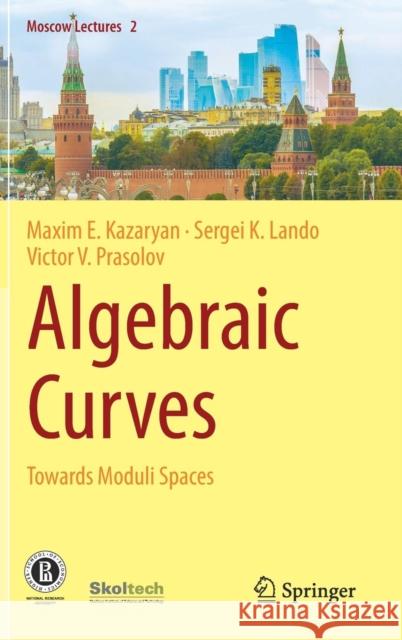Algebraic Curves: Towards Moduli Spaces » książka
topmenu
Algebraic Curves: Towards Moduli Spaces
ISBN-13: 9783030029425 / Angielski / Twarda / 2019 / 231 str.
Kategorie:
Kategorie BISAC:
Wydawca:
Springer
Seria wydawnicza:
Język:
Angielski
ISBN-13:
9783030029425
Rok wydania:
2019
Wydanie:
2018
Ilość stron:
231
Waga:
0.52 kg
Wymiary:
23.39 x 15.6 x 1.6
Oprawa:
Twarda
Wolumenów:
01
Dodatkowe informacje:
Wydanie ilustrowane











